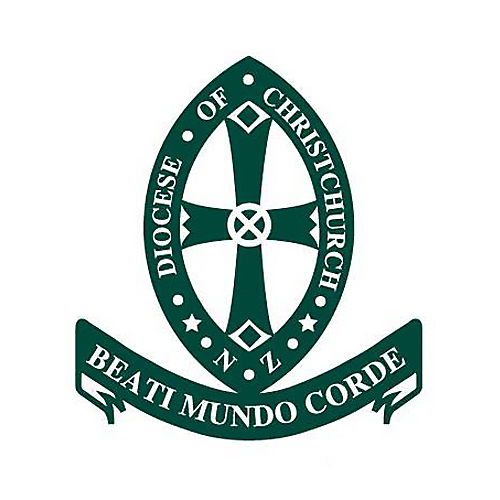
Centre for Innovation News
Front runners in the new digital curriculum Year 1 and 2 have been developing their computational thinking skills. Our pirate topic has drawn us to creating treasure maps. The girls have used cardinal points (North, East, South, West) to plot routes to their treasure. Students have learnt how to write code and ‘debug’ their pathways and use the directions as an algorithm (clear set of accurate instructions).
The Year 3 students will begin using Scratch Junior. They will be developing their skills in coding by using the Scratch Junior App. This will be building on from the computer science foundation these girls received as Year 2’s.
ScratchJr Mission statement - ‘As children code with ScratchJr, they learn how to create and express themselves with the computer, not just to interact with it. In the process, children learn to solve problems and design projects, and they develop sequencing skills that are foundational for later academic success. They also use math and language in a meaningful and motivating context, supporting the development of numeracy and literacy. With ScratchJr, children aren't just learning to code, they are coding to learn.’
Year 4 students will be working toward designing and creating a photo montage showcasing their understanding of photographic elements. Investigation of how images are captured and how photographs have changed with technology and innovation. This unit of work is a strong example of student operating within the new Digital Technologies Curriculum, due to be mandated in 2020.
Year 5 and 6 are working together on a topic called “How History Is Remembered and Shared”.
The girls have visited Turanga Library to kick start their research. We are hoping to revisit the Library once the girls have narrowed their research topic. Next steps, will be to share their learning comparing two views in time. The girls will code a visual presentation with the use of Scratch, a block coding platform. Learning to code challenges students to think creatively, work collaboratively and reason systematically.
After instigating a lunchtime trial club late last year, we have continued to grow the number of students in the Construction Club. It is buzzing along and Audrey Campbell is enjoying working collaboratively with Bindy O’Callaghan in facilitating this club. In small groups, students have had multiple tasks where they have used problem-solving, collaboration, trial and error, leadership, communication, perseverance and teamwork. Some of the skills the girls have been developing involve physics and construction, electronics and circuits and fine motor dexterity. This group is a range of students from Year 4 to 9.
Another club that has recently started is the Minecraft Club. We are delighted that three Year 7 girls have been mentored to be facilitators of this group. Imogen Masters, Maia Stanbury and Ceira Roche are using their leadership skills to guide students through tasks using Minecraft. Currently, students are learning a variety of skills within Minecraft which will enable them to exist in ‘survival mode’. A number of strategies can be executed to collect resources, build structures and battle mobs, manage hunger and explore the world to survive and thrive.
Digital technology has been reintroduced to the Year 7 students this year. The girls have undergone a programme of tasks that have been ‘unplugged’. This means that they have been learning about how a computer thinks and works without using a digital device. We have investigated the use of the Binary numeral system, how images are compressed as pixels, error detection, key encryption and methods of searching for information. Toward the end of the module, students have created a movie of one of the elements from this course.
Year 8 students have been developing their problem-solving skills through the design process to make a phone charging station. Students have used computational thinking by logically organising design aspects and creating functional models. They have dealt with open-ended problems in their designs to then make and decorate their models, showing great perseverance and tolerance for ambiguity.
Gallery








